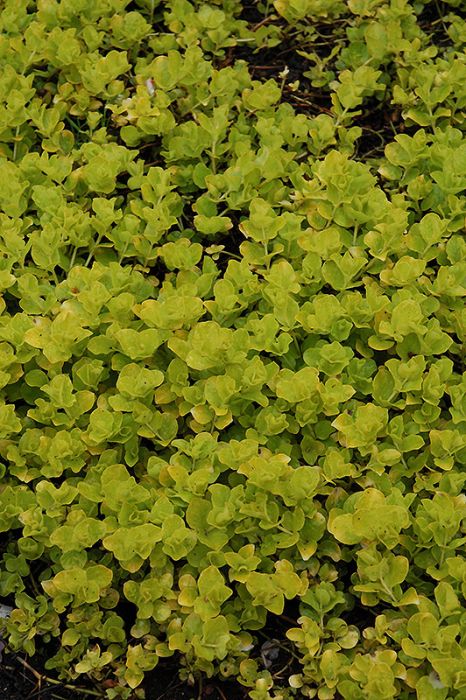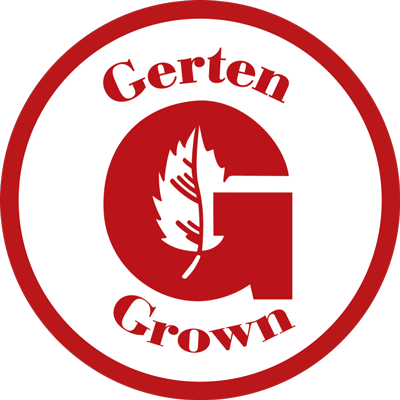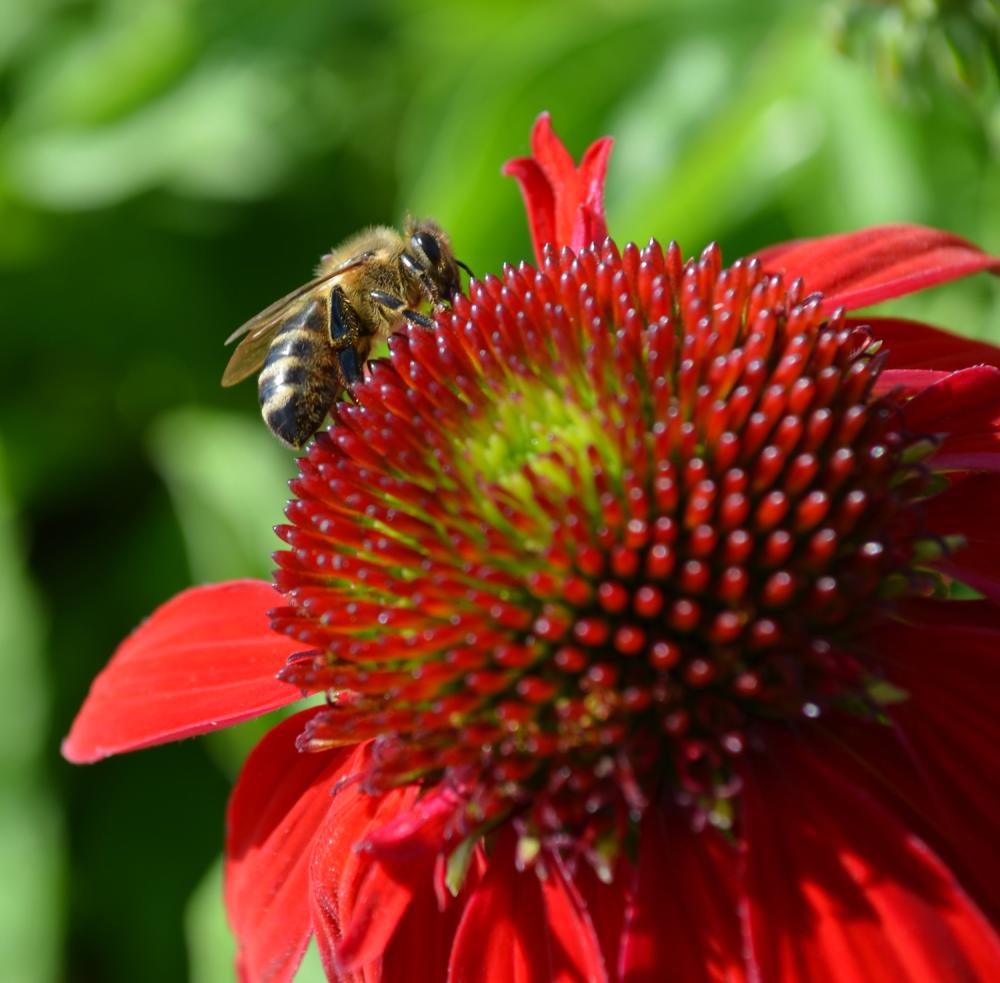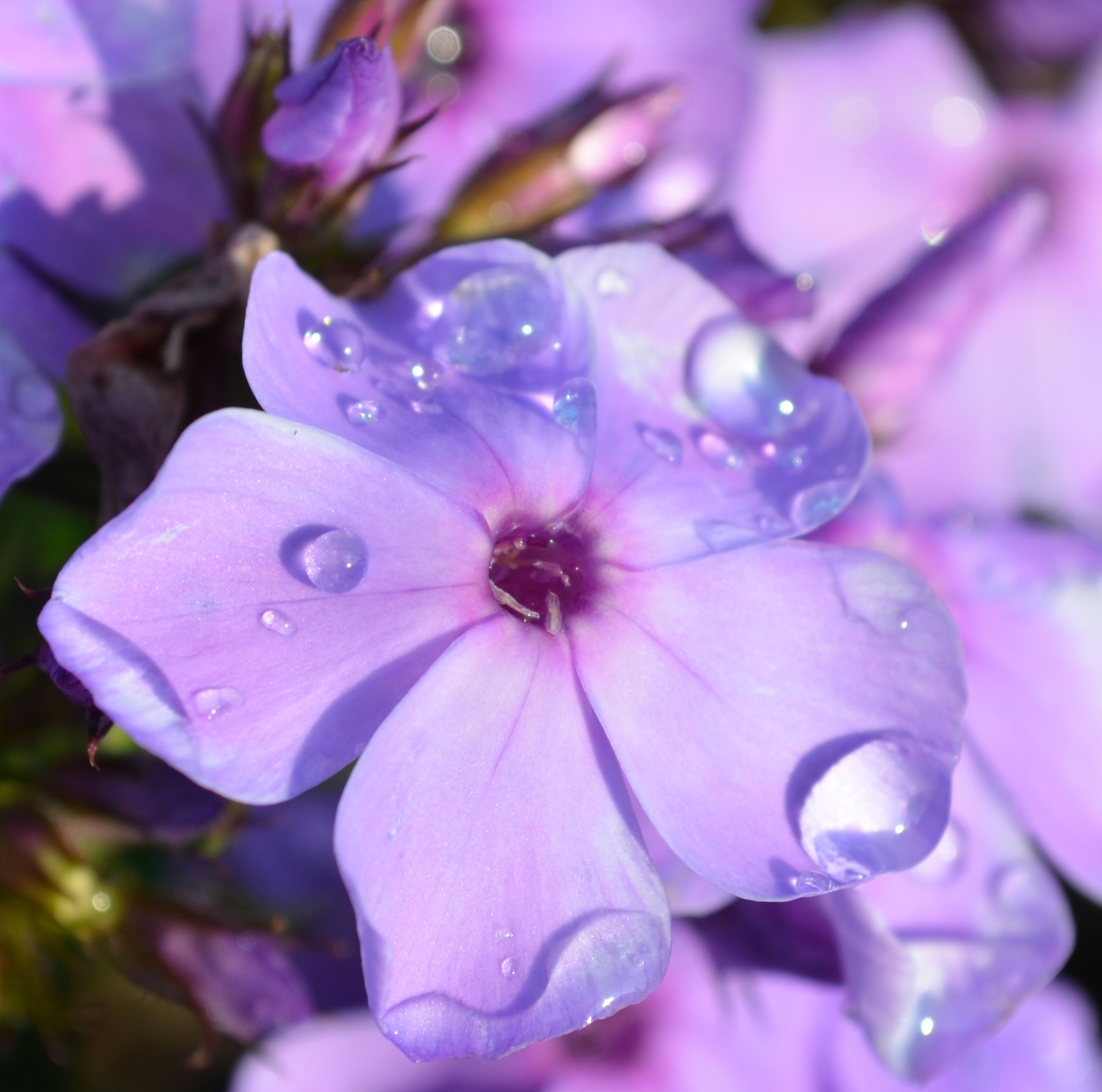Lysimachia, Creeping Jenny 'Golden'



Out of stock
Availability updated daily- Sun Preference
- Full-Sun, Part-Sun
- Bloom or Harvest Time
- June, July
Description
A popular low spreading creeper with bright yellow flowers in summer and beautiful chartreuse leaves. Tolerates all sites and conditions. Great on banks, walls, rockeries, creeping into ponds or out of hanging baskets.
Minnesota's largest Selection of Perennials
Discover an unparalleled selection of perennials at Gertens! With the largest variety in Minnesota, we offer endless options of colorful perennials, natives, and pollinator plants to beautify your garden year after year. From vibrant flowers to lush foliage, our perennials are perfect for adding beauty and charm to your outdoor space. Visit Gertens today and see why we're known as Minnesota's Destination Garden Center!
Details
Golden Lysimachia | Lysimachia nummularia 'Aurea'
Height: 4 inches
Spacing: 18 inches
Sunlight: part shade to full shade
Hardiness Zone: 3a
Other Names: Moneywort, Creeping Jenny
Brand: Gertens
Description:
A spectacular groundcover choice; vigorous yet not overly aggressive, with uniquely paired bright golden leaves all season and attractive yellow flowers throughout the summer; almost indestructible; great for shady sites
Ornamental Features
Golden Lysimachia is smothered in stunning lightly-scented gold cup-shaped flowers along the stems from late spring to mid summer. Its attractive round leaves remain gold in color throughout the season.
Landscape Attributes
Golden Lysimachia is a dense herbaceous perennial with a ground-hugging habit of growth. Its relatively fine texture sets it apart from other garden plants with less refined foliage.
This plant will require occasional maintenance and upkeep, and should not require much pruning, except when necessary, such as to remove dieback. It is a good choice for attracting bees to your yard. Gardeners should be aware of the following characteristic(s) that may warrant special consideration;
- Spreading
Golden Lysimachia is recommended for the following landscape applications;
- Border Edging
- General Garden Use
- Groundcover
- Container Planting
- Hanging Baskets
Planting & Growing
Golden Lysimachia will grow to be only 4 inches tall at maturity, with a spread of 24 inches. When grown in masses or used as a bedding plant, individual plants should be spaced approximately 18 inches apart. Its foliage tends to remain low and dense right to the ground. It grows at a fast rate, and under ideal conditions can be expected to live for approximately 10 years. As an herbaceous perennial, this plant will usually die back to the crown each winter, and will regrow from the base each spring. Be careful not to disturb the crown in late winter when it may not be readily seen!
This plant does best in partial shade to shade. It prefers to grow in average to moist conditions, and shouldn't be allowed to dry out. It is not particular as to soil type or pH. It is highly tolerant of urban pollution and will even thrive in inner city environments. This is a selected variety of a species not originally from North America. It can be propagated by division; however, as a cultivated variety, be aware that it may be subject to certain restrictions or prohibitions on propagation.
Golden Lysimachia is a fine choice for the garden, but it is also a good selection for planting in outdoor containers and hanging baskets. Because of its spreading habit of growth, it is ideally suited for use as a 'spiller' in the 'spiller-thriller-filler' container combination; plant it near the edges where it can spill gracefully over the pot. Note that when growing plants in outdoor containers and baskets, they may require more frequent waterings than they would in the yard or garden. Be aware that in our climate, most plants cannot be expected to survive the winter if left in containers outdoors, and this plant is no exception. Contact our experts for more information on how to protect it over the winter months.
More Information
| Bloom or Harvest Time | June, July |
|---|---|
| Sun Preference | Full-Sun, Part-Sun |
| USDA Hardiness Zone | 3, 4, 5, 6, 7, 8 |
| Common Family Name | Lysimachia |
| Mature Spread (Range) | 12" - 24" |
| Mature Height (Range) | 7-12" |


